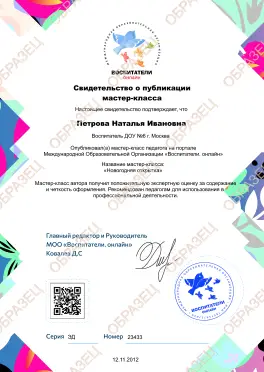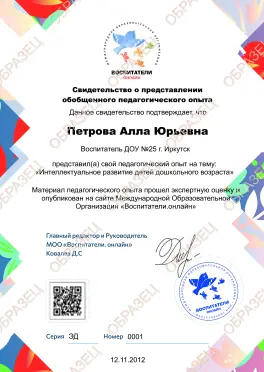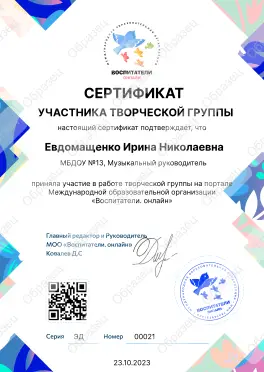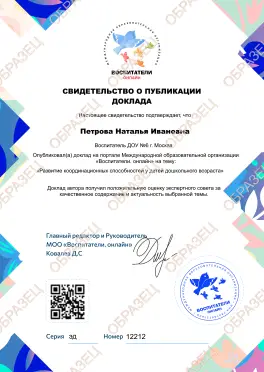План урока по частям тела и животным для 1 класса
В этом документе представлен детализированный план урока для первого класса на тему «Руки и голова». Учебная сессия пройдет в NIS, Талдыкорган, под руководством учителя Сералиевой Динара.
Это занятие направлено на развитие навыков учащихся в использовании существительных в единственном и множественном числе, а также на применение простых форм настоящего времени для представления личной информации. Каждый учащийся сможет назвать части своего тела, что станет основой для дальнейшего знакомства с миром животных.
Урок начинается с проверки домашнего задания, где студенты подготовили проект по своей любимой еде. В процессе работы они не только повторят изученную лексику, но и сформируют представление о других частях тела, задавая вопросы друг другу и показывая их на собственном примере.
В средине урока студенты будут знакомиться с новой лексикой через песни и диалоги. С помощью игровых заданий, таких как колоризация изображений, учащиеся проявят свою креативность и смогут лучше запомнить новые слова и выражения. Работа в парах по описанию животных, используя конкретные детали их внешности, создаст дружественную атмосферу в классе и позволит каждому учащемуся участвовать в обсуждении.
Подведение итогов урока включает обратную связь от студентов о том, насколько успешно они смогли усвоить информацию. Дети получат домашнее задание, в котором им предложат нарисовать своего любимого монстра и подготовить его описание. Этот увлекательный подход в обучении через искусство и обмен знаниями делает процесс изучения не только образовательным, но и интересным.













































